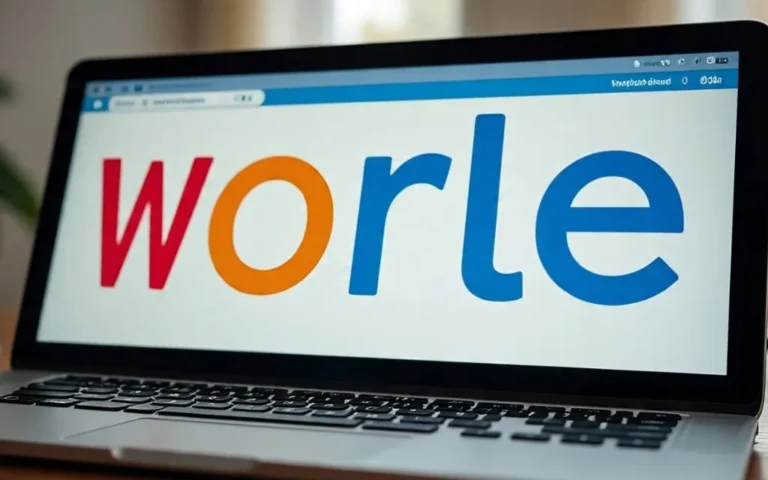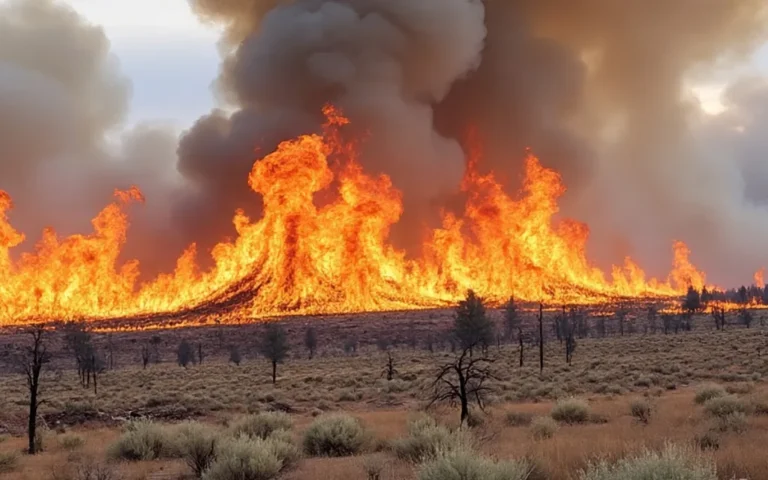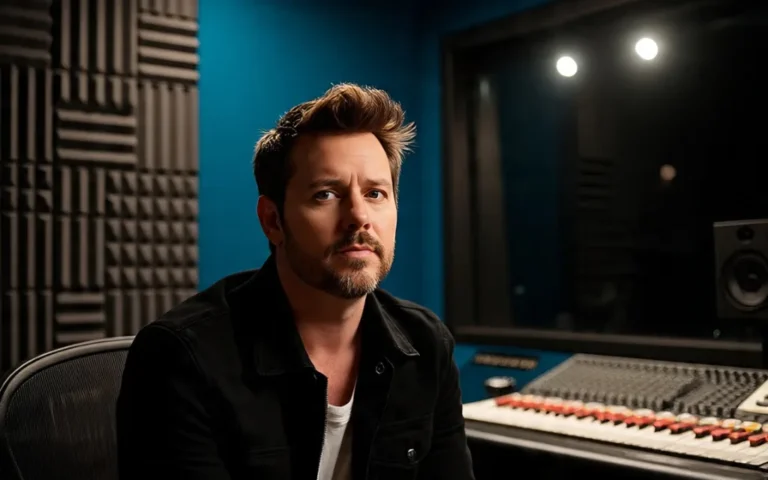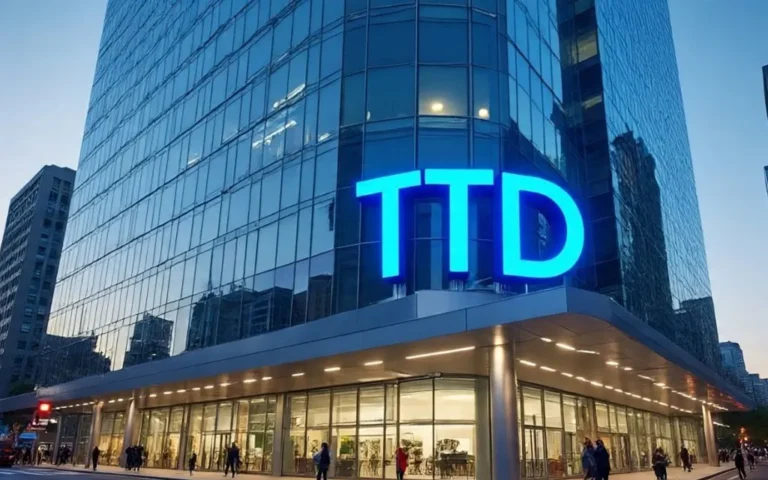Disney Plus Cancelled Shows: 9 Shocking Truths Fans Need to Know
The world of streaming has brought viewers closer to their favorite series than ever before, but it has also meant that shows can disappear without much warning. In recent years, Disney Plus cancelled shows have made headlines and sparked passionate conversations among fans. From high-profile Marvel series to smaller cult favorites, the decisions behind these removals reveal a lot about the evolving streaming industry. This article dives deep into the most surprising cancellations, the business reasons behind them, and what the future might hold for Disney Plus programming.
Disney Plus Cancelled Shows and the Rise of Streaming Competition
When streaming platforms first emerged, audiences assumed shows would live online forever. The idea of Disney Plus cancelled shows seemed far-fetched. But as competition increased from Netflix, HBO Max, Amazon Prime Video, and others, Disney Plus began making strategic content cuts. These cancellations were not just about poor ratings — they were often about budget allocation, brand direction, and global strategy.
Disney has invested billions in original programming, but not every project aligns with long-term goals. Some series were canceled due to low viewership, while others faced high production costs that outweighed their returns. In some cases, shows were removed entirely from the platform for cost-saving measures, particularly to avoid residual payments to cast and crew.
Disney Plus Cancelled Shows and the Impact on Fan Communities
When a beloved series is suddenly pulled from a streaming service, it can feel like an abrupt goodbye. Many loyal viewers spend months or even years following the characters and stories they love, only to have them vanish without warning. This sudden loss can create a wave of disappointment, confusion, and even frustration among fans.
In the case of titles removed from Disney Plus, the emotional impact has been especially strong because many of these shows had built tight-knit online communities. Social media platforms such as Twitter, Reddit, and Instagram often light up with petitions, hashtags, and heartfelt posts from people hoping to save their favorite series. These fan-driven campaigns sometimes gain enough momentum to catch the attention of executives, though results vary.
The sense of community that forms around a show goes far beyond just watching episodes. Fans share theories, create fan art, write reviews, and connect with others who share their passion. When a program is canceled, those shared rituals can suddenly disappear, leaving a void in online and offline fan culture. For some, it feels like losing a part of their daily routine.
These emotional reactions highlight how deeply storytelling can affect people. Viewers are not just consuming entertainment — they are investing time, emotion, and creativity. The removal of a popular series can therefore feel like more than a business decision; it can feel personal. Over time, this has made some subscribers cautious about starting new series, worrying that they might be cut short before the story can be fully told.
Disney Plus Cancelled Shows and Industry Economics
The decision to end a series on a major streaming platform is rarely based on a single factor. In today’s competitive entertainment market, the economics of running a streaming service play a huge role in determining which shows stay and which are removed. Behind every cancellation is a careful evaluation of production costs, marketing expenses, and potential long-term returns.
For Disney Plus, removing certain titles can sometimes be a purely financial decision. Even if a series has a dedicated audience, high production costs — especially for projects involving elaborate sets, visual effects, or large casts — can outweigh the revenue it generates. In a business environment where investors expect growth and profitability, every dollar spent must be justified.
There is also the issue of content performance. Streaming services track detailed viewing metrics, including completion rates and audience engagement. If a show struggles to attract new viewers or fails to hold audience attention, it becomes more difficult to justify the expense of future seasons. Additionally, maintaining a large library can be costly because studios must continue paying residuals and licensing fees.
Another economic consideration is strategic focus. In recent years, Disney has shifted from producing a massive volume of content to prioritizing fewer, high-impact projects. This approach can strengthen brand identity and ensure that resources go toward series with the greatest global appeal. Unfortunately, that shift often means letting go of niche or experimental titles that don’t fit the broader strategy.
Tax incentives also influence these decisions. In some cases, removing underperforming shows can provide financial write-offs that benefit the company’s bottom line. While this might seem cold from a viewer’s perspective, it is part of the larger financial balancing act that keeps streaming services sustainable.
Disney Plus Cancelled Shows and High-Profile Examples
Some cancellations barely make a ripple, while others dominate entertainment headlines and spark widespread fan outrage. Over the past few years, several high-profile removals from Disney’s streaming lineup have left viewers stunned, especially when these shows had large budgets, recognizable casts, or strong critical reception.
One of the most talked-about examples was Willow, a fantasy adventure series that served as a continuation of the beloved 1988 film. Despite its stunning visuals, detailed world-building, and an existing fan base, it struggled to achieve the level of viewership needed to justify its substantial production costs. Its removal came as a shock, particularly because it was part of Disney’s heavily promoted original content lineup.
Another title that drew attention was Big Shot, a family sports drama starring John Stamos. The show received praise for its heartwarming themes and relatable characters, but it was quietly dropped after two seasons. Likewise, The Mysterious Benedict Society, adapted from a popular book series, enjoyed critical acclaim but could not sustain the audience numbers needed for a renewal.
Even Diary of a Future President, a coming-of-age series that reflected Disney’s commitment to diversity and representation, was not spared. Despite positive reviews and a loyal following, it was removed, illustrating that strong storytelling alone does not guarantee survival in the current streaming climate.
These cases highlight an important reality — decisions are not solely based on a show’s quality or cultural impact. Factors like production budgets, marketing priorities, audience demographics, and long-term brand direction all come into play. While some viewers still hope for these series to find new life on other platforms, the unpredictability of the industry makes such revivals far from certain.
Disney Plus Cancelled Shows and Brand Strategy
Every streaming platform operates with a long-term vision, and for Disney, that vision is tightly connected to its brand identity. This means that content decisions go far beyond viewership numbers — they are also about how each series fits into the company’s overall image, audience expectations, and market goals.
Some shows are removed not because they are unpopular, but because they do not align with the family-friendly and globally recognizable Disney brand. The company often prioritizes stories that reflect its core values, focusing on characters, themes, and styles that can resonate across multiple demographics. If a project feels too experimental, niche, or inconsistent with that image, it may quietly disappear from the lineup.
Another consideration is synergy across Disney’s vast entertainment empire. Films, television, theme parks, merchandise, and even cruise line entertainment are all connected through a unified storytelling approach. A series that cannot easily tie into other branches of the business may have a harder time securing a long-term place on the platform.
There is also the question of brand clarity. Having too many different types of shows can dilute the service’s identity, making it harder for viewers to know what to expect. By streamlining its catalog, Disney can ensure that every title reinforces a cohesive message, even if it means removing well-liked series.
While these strategic moves can frustrate loyal fans, they reflect a larger effort to position Disney Plus as a curated, purpose-driven platform rather than a catch-all library. In the long run, this approach helps maintain a distinct presence in a crowded streaming market, even if it comes at the cost of certain fan favorites.
Disney Plus Cancelled Shows and Licensing Challenges
While most Disney Plus content is owned outright, some Disney Plus cancelled shows faced licensing or rights issues. In cases where Disney collaborated with outside studios, renewing those deals sometimes became financially unfeasible. Instead of paying high renewal fees, Disney chose to remove the shows entirely.
Disney Plus Cancelled Shows and Viewer Trust
One of the unintended consequences of Disney Plus cancelled shows is the erosion of viewer trust. People subscribe to streaming services expecting content stability. Frequent removals can make them hesitant to start new series for fear they might be cut before finishing their stories.
Disney has addressed this by being more transparent about show lifespans and investing in limited series formats, which tell a complete story within one season.
Disney Plus Cancelled Shows and Future Possibilities
While it is easy to focus on what was lost, the future of Disney Plus cancelled shows may not be entirely bleak. Some titles could return as specials, movies, or even reboots. Others might find new homes on different platforms.
Disney’s content vault strategy — keeping certain titles off the market for a time before re-releasing them — could mean that some canceled shows might reappear in the future, potentially with renewed interest from audiences.
Disney Plus Cancelled Shows and the Bigger Streaming Picture
The pattern of Disney Plus cancelled shows reflects a larger industry shift. Streaming platforms are no longer in a growth-at-all-costs phase. They are refining their libraries, cutting costs, and focusing on long-term profitability.
This means that cancellations will continue to be part of the business model, even for fan favorites. For viewers, the best approach is to enjoy shows while they are available and support them through social media engagement to improve their chances of survival.







